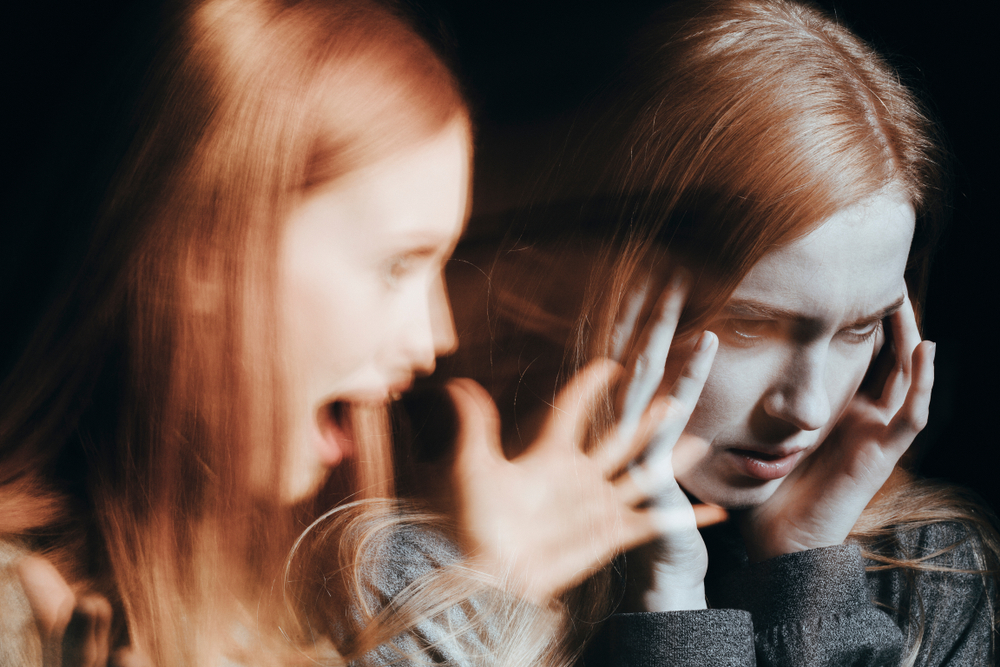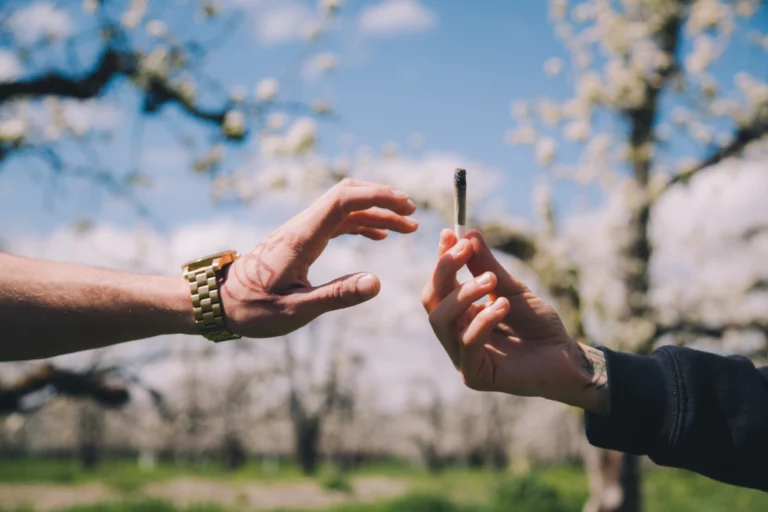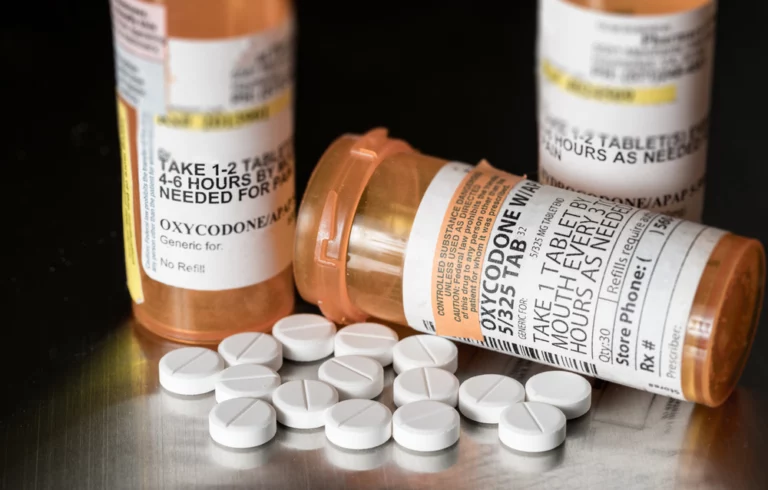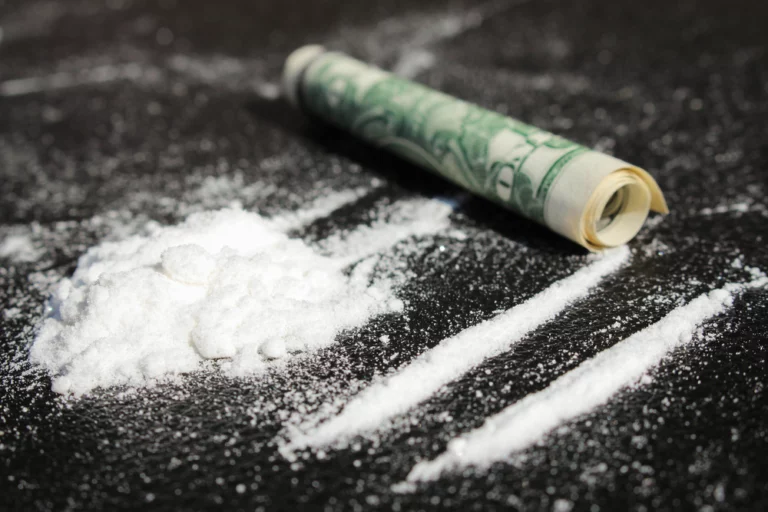Ayahuasca vs DMT—what’s the difference? DMT is one of the active ingredients in ayahuasca, but it is not the same as ayahuasca. DMT and ayahuasca affect people differently, particularly in terms of experience intensity and duration. Both ayahuasca and DMT are thought to have therapeutic potential or are being studied for a variety of conditions. Let’s examine the similarities and differences.
Ayahuasca, a psychedelic drug that contains DMT and harmine, and has been used in sacred ceremonies for thousands of years, particularly in South America. DMT is a natural psychedelic compound found in some plants, including the ayahuasca plant.
What is Ayahuasca?
Scientists have discovered ayahuasca’s complex makeup, which has been consumed as a sacred beverage by Amazonian tribes for thousands of years. Its entry into the psychedelic world was prompted by its unique molecular structure. The main molecule, DMT, is derived from admixture plants such as Psychotria viridis, which are mixed with the ‘mother’ or primary plant: the ayahuasca vine.

The harmala extract harmine, which is found in Banisteriopsis caapi vine, is what makes ayahuasca so unique and, therefore, a hallucinogenic drug. These two substances alter the individual’s state and cause visual and sensory distortions, also known as hallucinations. The most significant function of harmine is its ability to inhibit monoamine oxidase (MOA) in the stomach, especially. Because of this, the psychoactive substances are unable to reach the brain through the bloodstream.
What is DMT?
DMT, commonly known as Dimitri or fantasia, is a tryptamine psychedelic that is part of the N, N-dimethyltryptamine family. Tryptaminestryptamines are a large family of classical or serotonergic psychedelic drugs. These drugs alter perception, thinking, and mood by binding to serotonin’s 5-HT2A receptors. 5-HT2A receptors are found all over the frontal cortex of the brain and are important for learning and thinking. Serotonin, a neurotransmitter involved in learning and cognition, is secreted when these areas are targeted and activated by hallucinogenic substances.
DMT enthusiasts report experiencing strong visual and sensory hallucinations, including out-of-body experiences and near-death situations, as well as visiting other worlds. Because DMT trips are usually intense, the comedown may also be unpleasant and unnerving, with people reporting unpleasant feelings.
What is the Ayahuasca High Like?
The physical effects of ayahuasca can take 20 to 60 minutes to kick in. Ayahuasca is frequently referred to as “the purge” or la purga. Purging, vomiting, diarrhea, flatulence, sobbing, shrieking, sweating, and trembling, among other things, may occur, and they are traditionally thought to be a part of the purge.
Most people regard the purge as a beneficial and normal aspect of ayahuasca. The indigenous cultures from which ayahuasca originates regard it as a healthy and natural part of the experience. Purging, according to some ayahuasca drinkers, may help them let go of anxiety, ego, fears, and any behaviors that prevent them from living their true self.
An ayahuasca experience often begins with colorful streaks and geometric shapes that gradually intensify until the climax. During the early stages of an ayahuasca trip, people frequently experience a ‘mirror’—a harsh but helpful portrayal of themselves, warts and all. A person’s willingness to let go or avoid resisting the experience is crucial to its beneficial effects, and this underscores the importance of using in a setting that the individual fully trusts.
Vomiting or other severe physical effects, overwhelming psychological effects, and safety in well-managed ayahuasca ceremonies are just a few of the reasons that it’s usually advisable to work with a well-trained facilitator when using ayahuasca.

What is the DMT High Like?
DMT, a psychedelic substance, is usually consumed in its pure chemical form, resulting in a fast and extremely intense psychedelic experience. Its effects occur almost immediately, peak within two minutes, and disappear within 10 – 20 minutes. Small doses of inhaled DMT are typically used to achieve relatively subtle effects, but it is often inhaled in large doses to achieve a ‘breakthrough’ experience. During a DMT breakthrough experience, the individual is frequently transported to another realm filled with extremely complex geometric fractals and encounters with spirits, aliens, or other entities.
It is strongly recommended against taking DMT without a proper set and setting, or without supervision. DMT can seriously hamper a person’s mobility if it is taken without prior preparation. Vomiting is common during DMT trips, especially among inexperienced users. Furthermore, DMT’s incredible intensity can cause severe anxiety and result in post-traumatic stress disorder if the person has not been adequately prepared.
Ayahuasca vs DMT
Although they are both psychedelic drugs, there are several notable differences between ayahuasca and DMT. They are discussed in detail below:
Form
Ayahuasca can be consumed as a beverage, a brew, or a tea. It is brewed by a shaman and accompanied by a spiritual ceremony. When you consume it as part of a ceremony, you must first go through numerous stages of preparation, since shamans take ayahuasca very seriously and believe in its healing benefits. In contrast, DMT is a white, crystallized powder that can be injected, vaped, snorted, or smoked. It is usually consumed as a party drug that enhances people’s experiences by creating visual distortions and feelings of being outside their bodies.
Reaction
When taken as a drink, ayahuasca is broken down by enzymes in the stomach and subsequently converted into smaller compounds that are excreted through urination. Because the psychoactive ingredients would not reach the bloodstream and brain if they were taken in a drink, harmine, a second substance, inhibits enzyme activity, slowing down the conversion of ayahuasca into DMT, a hallucinogenic substance. Since DMT is not taken in a drink, it is not absorbed in the stomach and is, therefore, able to reach the brain before enzymes break it down. Because of this, the “high” feeling is much more efficient and fast-acting.
“Trip” Length”
The time period of an ayahuasca trip can last up to six hours, and its effects may persist for even longer. After consuming the ayahuasca brew, people typically begin to feel its effects in between 20 and 60 minutes, and the greater the quantity they consume, the longer the trip. After taking a DMT trip, the effects kick in in just 5 to 10 minutes.
The dosage and intensity of a DMT trip depend on the quantity consumed, but also on whether you’ve taken it on its own or in combination with other drugs, as well as whether you’ve eaten any food beforehand. The human body seems to metabolize DMT pretty rapidly, so its effects last between 30 and 45 minutes.

Side Effects
Many people who have used ayahuasca over the years have reported experiencing extreme nausea, vomiting, and diarrhea, which are thought to expel all negative energy. The side effects are often sufficiently strong enough to discourage people from ever trying ayahuasca again. Visual, auditory, and sensory hallucinations, elation, and even fear and dread are all possible side effects as well.
On the other hand, DMT does not cause as much physical purging as ayahuasca. Although the consequences of DMT are not as severe, they do include vivid and colorful hallucinations, elation, and floating sensations, altered time and space perception, and an altered sense of self. A big reason why some prefer ayahuasca over DMT is that it has a shorter duration.
Is Ayahuasca Legal?
Although ayahuasca itself is not prohibited, DMT is a Schedule I substance and is present in ayahuasca, making it unlawful. Since ayahuasca is utilized in certain religious ceremonies, the topic of legal psychedelics is tricky. The Supreme Court ruled in 2006 that members of a New Mexico church may participate in regular sessions and consume ayahuasca as a sacrament. Santo Daime and União do Vegetal (UDV) are Brazilian “ayahuasca churches” with branches in the U.S. Each church uses ayahuasca in their regular sessions.
Is DMT Legal?
DMT is a controlled substance under the Controlled Substance Act of the United States , meaning that it is illegal to manufacture, distribute, buy, or possess it. However, DMT may be researched for medical purposes in approved studies, and DMT-containing brews have been authorized for religious use in some churches with South American origins. In 2020, Oregon and a handful of cities decriminalized it alongside other psychedelics.
Psychedelic Addiction Treatment at Asheville Detox Center
The objective of psychedelic detoxification is to minimize adverse effects and mood alterations during withdrawal in order to enable patients to effectively transition to the subsequent phase of care. Those who utilize psychedelics generally believe that detoxification is simple and can be done without medical supervision; however, detoxification is never recommended to be performed alone. Because psychedelics leave the body fairly rapidly, detoxification can be difficult and even dangerous if done without medical supervision.
Those who partake in recreational ayahuasca or DMT abuse are more prone to health issues. Medical detox is the safest method to detoxify if you or a loved one wants to eliminate your drug habit. At Asheville Detox, we can assist you or a loved one who wants to get rid of their addiction. Drug addiction can be cured once and for all with the assistance of individualized treatment programs and holistic health care services. To learn more about our services and treatments, please contact Asheville Detox right now. It is never too late to start fresh, and we’re here to assist you.







